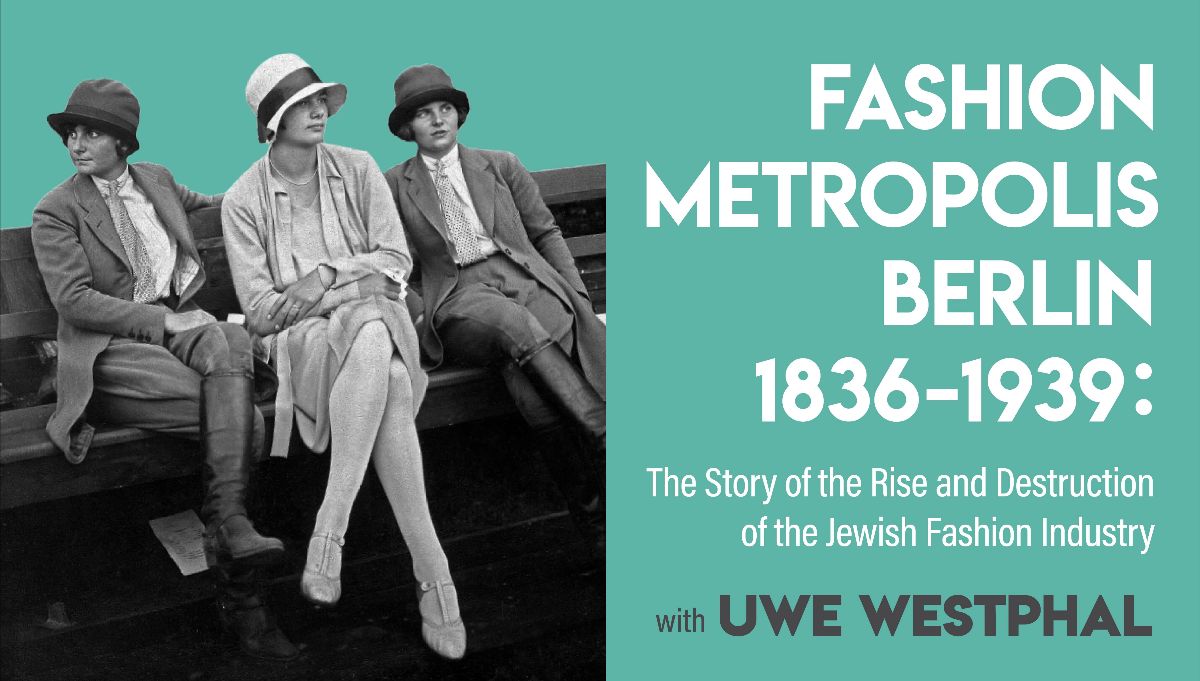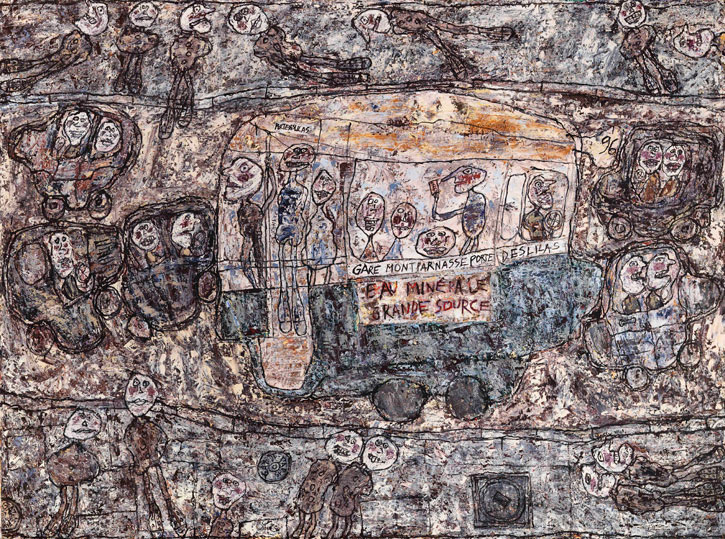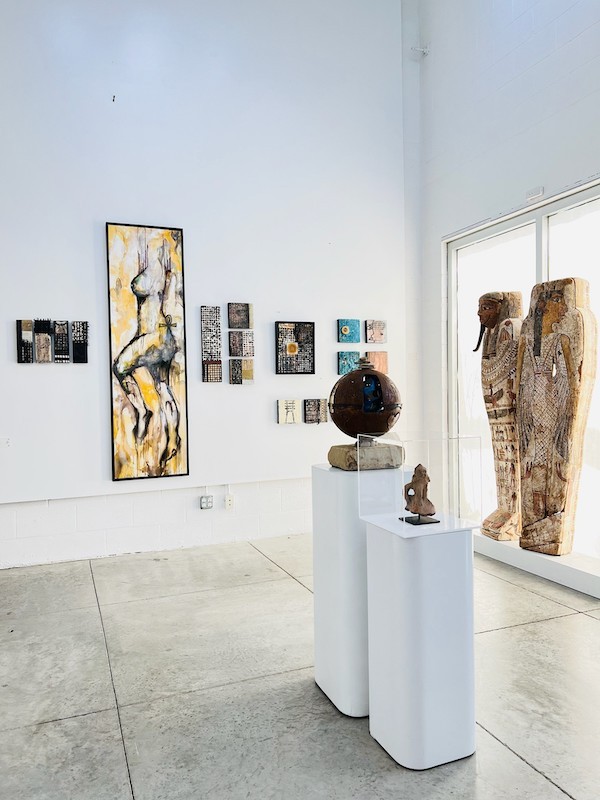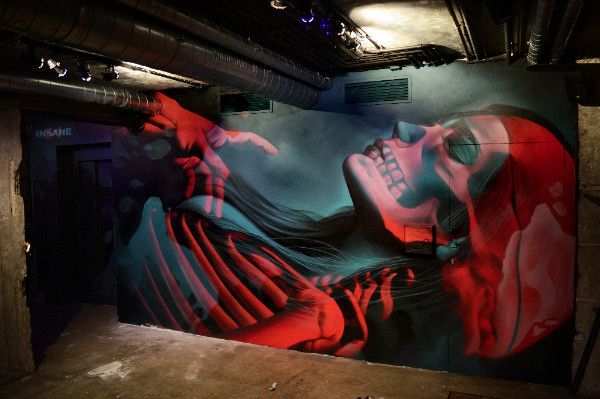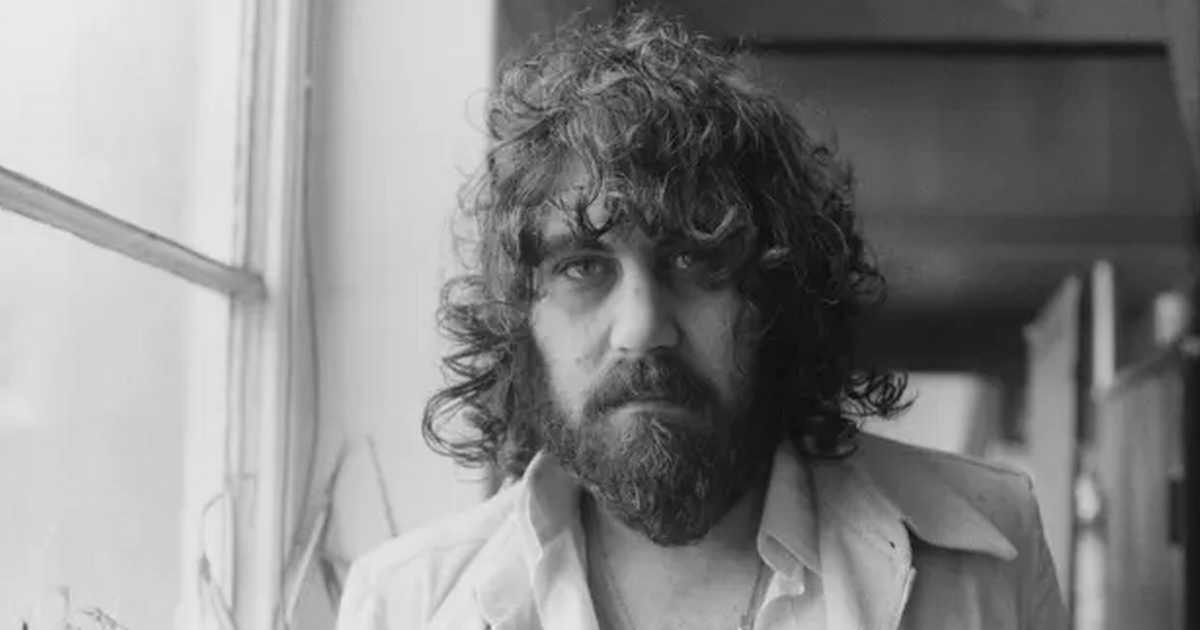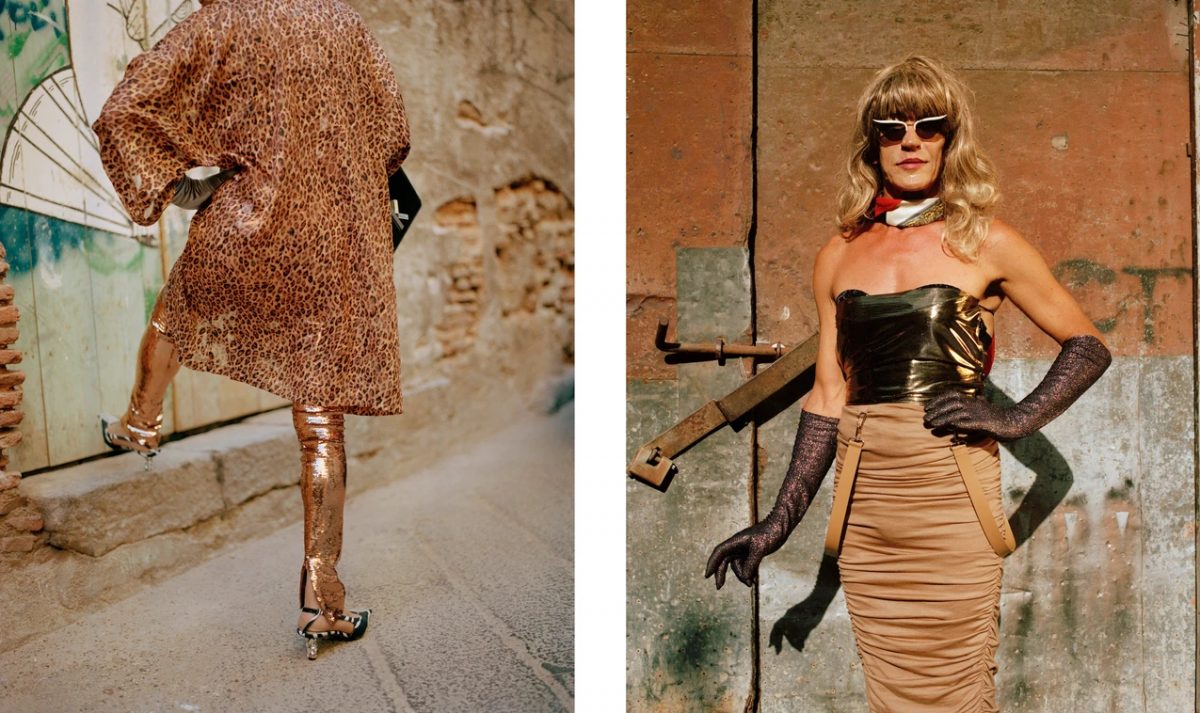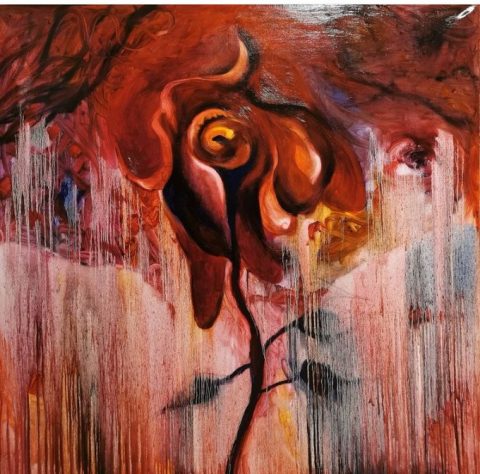by Carl Kruse A unique phenomenon emerged in the heart of Berlin in the nineteenth century: a creative center for fashion and ready-made clothing. Hundreds of garment companies were established, which manufactured modern wear and developed new designs that were sold throughout Germany, and the world. The industry reached the height of its success in
Tag: Carl Kruse Arts Blog
Art Brut, or Outsider Art.
by Fraser Hibbitt for the Carl Kruse Arts Blog Sometime in the 1940s, the artist Jean Dubuffet coined the term “Art Brut” which roughly translates as “Raw art”; un-cooked and close to the initial mood of creation; or, the closest representation of the individual’s creative urge before the influence of learning. Much of Modernist art
Justified + Ancient Exhibit
by Carl kruse Ahoy art friends, especially those in South Florida. A college friend has loaned 16 ancient artifacts from his private collection to pair with 16 works of modern artists in an exhibit called “Justified + Ancient.” In this exhibit, contemporary artists display their work side by side with ancient pieces, dating from 3000
Acting and Art: Channeling Animals
by Hazel Anna Rogers for the Carl Kruse Arts Blog The studio floor is covered in bodies. They are curled and strewn and spread and sprawled, as though they were dead. But they are not. Some breathe shallowly, quickly, as if their hearts fluttered about like moths. Some breathe deeply, forcing air bull-like through their
The 3-D Street Art of Insane 51
by Fraser Hibbitt for the Carl Kruse Arts Blog Stathis Tsavalias, known as Insane 51, has recently been characterizing the streets of Bristol (England) with a delicate practice of double-exposure. His formal education in the Athens School of Fine Art has led him towards the street canvas where he has successfully experimented with the large-scale
Using Radio Telescopes to Create Art
by Carl Kruse Artists work in many mediums – paint, wood, marble, words, music, dance, film. But there are some that journey beyond the traditional into radio signals, actual consciousness, neuroscience, dreams and outer space. Meet Daniela de Paulis, an artist whose trajectory began with dance and traditional media who now focuses on the exploration
In Memoriam: Vangelis
by Fraser Hibbitt for the Carl Kruse Blog The Greek composer and musician Evangelos Papathanassiou passed away in Paris recently. Better known as Vangelis, the award-winning musician and beloved film-score composer. Obituaries and the programs of his life abounded against the fact. A career of over fifty years, and not one that could be characterized
The San Berillo District in Sicily
by Asia Leonardi for the Carl Kruse Blog Hidden from the great palaces of Corso Sicilia, Italy, in the heart of the historic center of Catania stands the San Berillo district, a neighborhood that has been wounded, emptied, rebuilt, never completed. We discovered it by chance, my boyfriend and I, wandering around the city of
Upcoming Kharchenko Retrospective at The Kunstverein Krefeld
by Carl Kruse From March 25 through May 1, 2022, the Kunstverein Krefeld in Germany will hold a retrospective of the works of Russian-German artist (and friend of our blog) Yury Kharchenko. This solo exhibit will focus on two phases of Kharchenko’s work: the first on his so-called Auschwitz paintings, which see superhero figures, such
Short Reflection on Kraftwerk
by Fraser Hibbitt for the Carl Kruse Arts Blog Four men, a measured distance apart, standing disinterestedly over four synthetic sound systems. There is a small crowd seated in front of them. The sound that permeates the room comes from the barely moving men, and it is one of melodic and harmonic simplicity. It is
